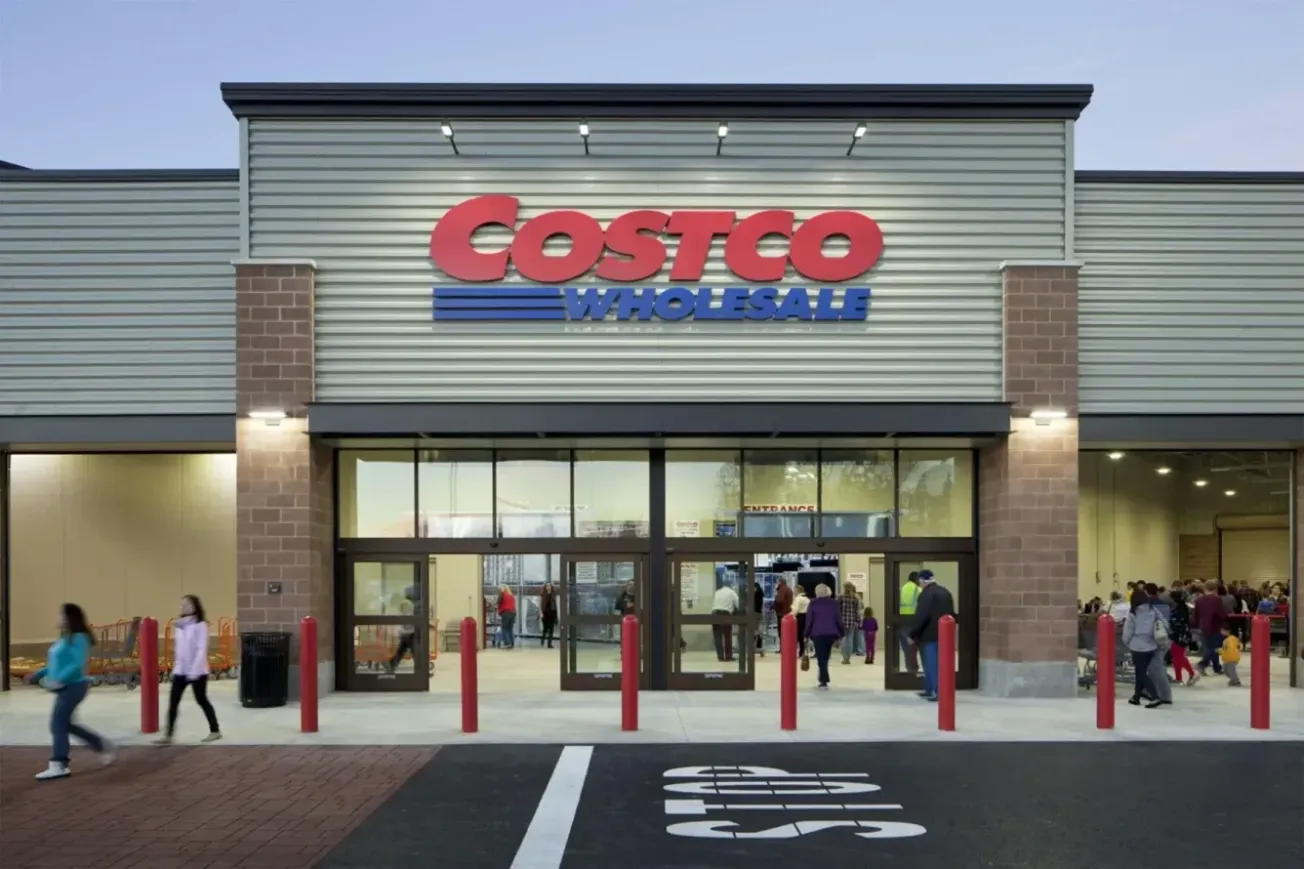Grocery retailers continue to struggle with the supply chain and marketing challenges driven by the local food consumer movement. Going forward, they’ll need to go beyond the basic inclusion of local items in their assortment in order to benefit.
Grocery retailers continue to struggle with the supply chain and marketing challenges driven by the local food consumer movement. Going forward, they’ll need to go beyond the basic inclusion of local items in their assortment in order to benefit.
Strategic management of a local program across the entire enterprise (more than just sourcing locally), and effective coordination among three major axes — supply management, pricing strategy and merchandising execution — are the key ingredients that will allow grocery retailers to win at the local game.
Supply Management
Major grocery retailers have responded to the “locavore” movement by selectively offering local products when they’re in season, and less consistently when products are not in season. According to a recent A.T. Kearney study, “Ripe for Grocers: The Local Food Movement,” consumers indicate that their No. 1 reason for not buying more local groceries is lack of availability at their primary retail store.
Without question, an expansive local program is a more complex and potentially higher-cost undertaking than simply offering the occasional local fruit or vegetable in season. Retailers need to actively manage the margin impact of sourcing locally.
Since local producers tend to be unique to a region, and may not have farms or factories spread across the retailer’s entire footprint, it can be more difficult to optimize supply chain costs. Local products might not have the volume to ship in full truckloads, nor are local producers necessarily equipped to package produce items per the retailer’s specs. Due to the seasonal nature of local produce, shipping routes need to be optimized differently, depending on the time of year. Finally, scouting new products in the field requires an investment in dedicated personnel.
To tap into more local supply sources while minimizing logistical complexity, retailers can source through local food hubs and co-ops, which manage the aggregation, distribution and marketing of food products from regional producers. For example, in 2014 Whole Foods’ North Atlantic region committed to sourcing roughly 3,000 boxes of ristra, a type of dried chili pepper, through New Mexico’s La Montanita Co-op Distribution Center, which sources from a base of more than 1,300 New Mexican producers. In the Northeast, Trader Joe’s, Whole Foods, D’Agostino, and more than 15 other retailers source food from Red Tomato, a nonprofit with 2013 sales of $3.8 million that coordinates the sale and marketing of fresh fruits and vegetables from local producers. Finally, to match supply with demand, minimize direct materials costs and better plan freight routes, retailers can engage the supply market in a competitive bidding process well in advance of produce items’ growing seasons.
Pricing Strategy
Setting the correct pricing is crucial to the success of a local program. A.T. Kearney’s study indicated that consumers across all income segments are willing to pay higher prices for local food, with 60% to 80% of low-, medium- and high-income earners willing to pay up to 5% more. Approximately 50% of high-income earners and 30% of low- and middle-income earners were willing to pay up to 10% more.
By setting the right price premium for local products, in combination with effective marketing that differentiates local food from traditional commodities, retailers will be able to cash in on the sustainability, quality and freshness benefits of local products.
Expansion is also in the air: Consumers that purchase local produce have also displayed a willingness to purchase local bread and eggs (about 60%) and poultry (about 50%), indicating that there is an appetite for additional categories of local food products in-store. The premium pricing strategy of local products extends across the store and has the potential to significantly increase the average basket size.
Merchandising Execution
When local products are available, often they are not consistently merchandised and advertised. During a recent A.T. Kearney survey of chain grocery stores in a 10-mile radius, only 50% had signage indicating that local products were in stock. Even if local products are labeled, in many cases retailers’ definition of “local” — grown within a certain geographic area — is not provided.
A.T. Kearney’s study also indicated that consumers perceive farmers markets as the most trustworthy sources of local food, with big-box stores and national supermarket chains ranking well below them. Retailers can build more credibility with consumers by ensuring consistent and prominent merchandising and signage. This signage can define “local” (geographic radius, products, seasons), supplier partnerships (for example, the name of the local farm where the products come from) and a time line showing when products are locally in season, to remind customers they are getting the freshest product.
There is also great potential in extending merchandising of local products beyond the produce department. The same local produce signage can be used to advertise other local products throughout the store, including center-store products like jams and spreads. Grocery retailers can further emphasize their local brand via dedicated local food sections or displays and in-store food preparation demonstrations featuring local products. Additionally, grocery retailers can extend their marketing of local products across channels — from in-store to online. Allowing consumers to interact with the local brand online (for example, by signing up for e-mail notifications for special-to-the-season products) drives additional in-store and online penetration.
Conclusion
When instituting a local program, consistency in merchandising, effective supply management and setting the right pricing strategy are critical. Consumers trust the grocery retailer that best communicates the freshness, quality and sustainability benefits of local food. Most importantly, consumers are more willing to pay a premium when the branding is clear. An effective local program is a brand and a platform, not just a product offering.
Kumar Venkataraman is a partner with A.T. Kearney and is based in Chicago. He can be reached at kumar.venkataraman@atkearney.com. John Piatek is an A.T. Kearney consultant based in Chicago, and Shayna Silverman is an A.T. Kearney consultant based in New York.





